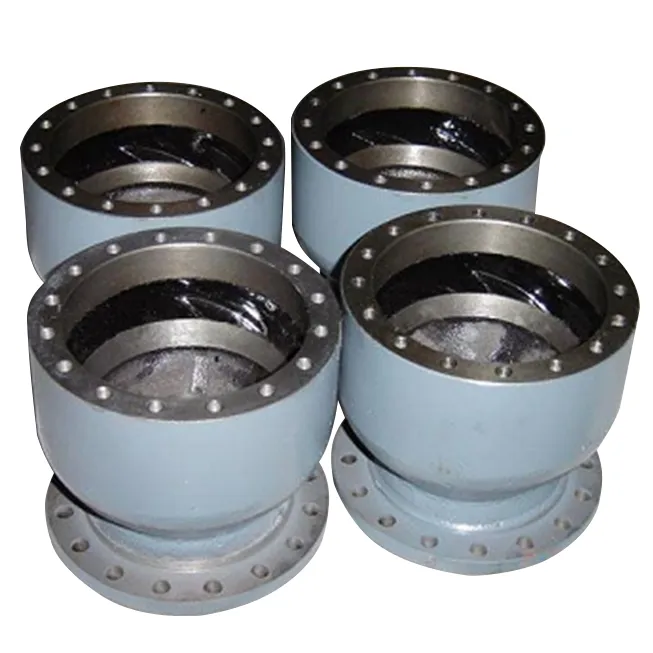Mobile:+86-311-808-126-83
Email:info@ydcastings.com
investment casting part
Investment Casting A Detailed Overview of its Applications and Advantages
Investment casting, also known as lost-wax casting, is a manufacturing process that has gained significant traction in modern engineering due to its ability to produce complex shapes with high precision and minimal waste. This technique is particularly beneficial for producing parts that require intricate designs, tight tolerances, and superior surface finishes. The investment casting process is extensively utilized in various industries, including aerospace, automotive, medical, and energy, making it an indispensable method in the production of critical components.
The Investment Casting Process
The investment casting process begins with creating a wax pattern that replicates the desired part. This pattern is coated with a ceramic shell, which is built up layer by layer through dipping and drying. Once the shell is sufficiently thick, the wax is melted out, leaving a cavity in the shape of the final part. Following this, molten metal is poured into the cavity, filling the space left by the wax. After the metal has cooled and solidified, the ceramic shell is broken away, revealing the cast part. The result is a product that closely resembles the intended design, often requiring minimal post-processing.
Advantages of Investment Casting
One of the most significant advantages of investment casting is its ability to create complex geometries. Unlike traditional machining processes that may struggle with intricate designs, investment casting allows for undercuts, intricate internal passages, and fine details all in one step. This capability is essential in industries such as aerospace, where weight reduction and performance are critical.
Additionally, investment casting offers excellent dimensional accuracy and surface finish quality. Parts produced through this method can achieve tolerances as tight as ±0.005 inches, which reduces the need for extensive machining operations and contributes to overall cost savings. The smooth surface finish achieved through investment casting generally minimizes the need for grinding or polishing, further reducing manufacturing time and costs.
investment casting part

Another significant benefit is the material versatility that investment casting provides. A wide range of metals and alloys can be used, including stainless steel, carbon steel, aluminum, and superalloys. This versatility allows manufacturers to select the most appropriate material for their application, considering factors such as strength, corrosion resistance, and thermal properties.
Applications Across Industries
Investment casting is employed in various industries due to its unique advantages. In the aerospace industry, it is used to produce critical engine parts and components that must adhere to strict safety and performance standards. The automotive sector benefits from investment casting for creating engine parts, transmission components, and custom parts that require high precision and durability.
The medical field also leverages investment casting for producing surgical instruments and implants that demand a high level of accuracy and biocompatibility. Furthermore, in the energy sector, investment casting plays a crucial role in manufacturing components for turbines and other machinery that operate under extreme conditions.
Conclusion
Investment casting has established itself as a vital manufacturing process that meets the demands of various industries for precision, complexity, and efficiency. Its ability to produce high-quality parts with reduced waste and machining requirements makes it an attractive option for manufacturers looking to innovate and improve their production processes. As technology continues to advance and industries evolve, the role of investment casting is likely to expand, reinforcing its importance in modern manufacturing.
-
Why Should You Invest in Superior Pump Castings for Your Equipment?NewsJun.09,2025
-
Unlock Performance Potential with Stainless Impellers and Aluminum End CapsNewsJun.09,2025
-
Revolutionize Your Machinery with Superior Cast Iron and Aluminum ComponentsNewsJun.09,2025
-
Revolutionize Fluid Dynamics with Premium Pump ComponentsNewsJun.09,2025
-
Optimizing Industrial Systems with Essential Valve ComponentsNewsJun.09,2025
-
Elevate Grid Efficiency with High-Precision Power CastingsNewsJun.09,2025











